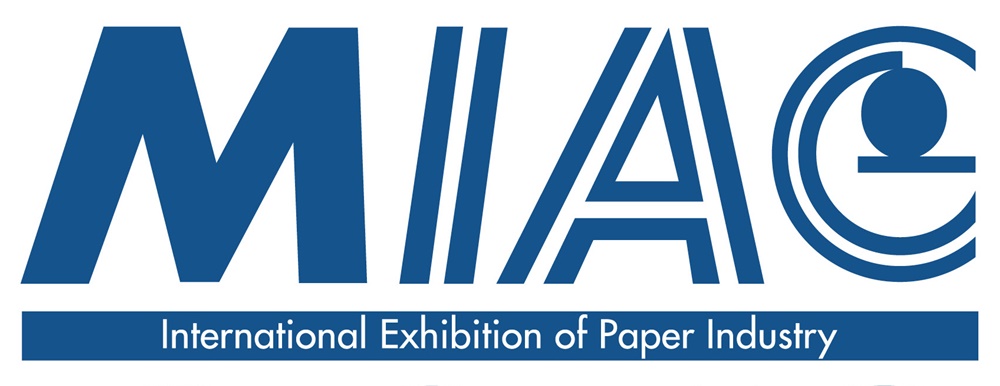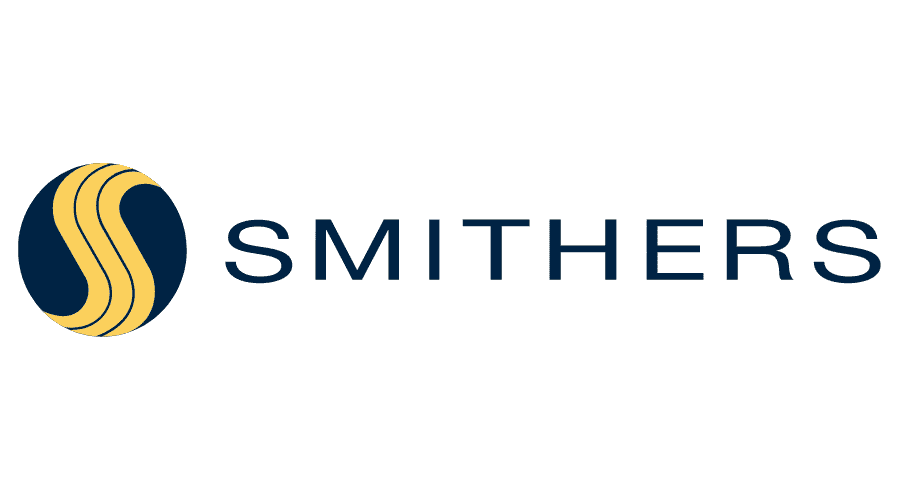NEWS
Stability, growth, and innovation on horizon for Specialty Papers market
Accounting for 25.09 million tonnes in 2021, the specialty papers market is dynamic and will present multiple lucrative diversification opportunities across the next five years. This includes delivering new grades that will allow companies to deliver on commitments to substitute away plastic in packaging; and niche industrial applications such as filtration, battery and electrical insulation papers.
As a sector, specialty papers will see solid growth through the first half of the decade at a compound annual growth rate of 2.4%, driving demand to 28.26 million tonnes in 2026.
Published by Smithers, The Future of Specialty Papers to 2026 is a dedicated market report that quantifies historic, current and future demand for 46 specialty grades. It shows that the immediate challenge is reengaging with markets in the immediate wake of the Covid-19 disruption. Globally consumption of specialty papers declined by -1.6% (CAGR) across 2019-2021, but the pandemic’s impact was far from uniform.
Demand for labelstocks and release papers increased as more consumers took to ordering goods online during lockdown. Several food contact grades – such as wax and parchment papers – also benefited from a surge in home baking and food preparation; other food packaging types saw increased sales linked to more take-outs and delivery of food from restaurants.
Medical specialty papers use rose, as protective measures were implemented in hospitals and locations for Covid-testing and vaccination. These testing protocols meant that demand for laboratory papers remained positive and these will continue to see robust growth through to 2026.
Most other industrial segments saw a fall in demand as end-use industries closed or slowed production. Consumption of ticket papers fell by -16.4% over 2019-2020, as travel restrictions were implemented; and the wider use of contactless electrical payments saw cheque paper volumes fall by -8.8%. In contrast currency papers increased by 10.5% in 2020 – but this is very much a short-term phenomenon. It is not representative of more cash circulating, but rather the understood tendency in times of economic uncertainty for consumers to hold hard currency.
In 2021, Asia-Pacific is already the largest region for specialty papers, accounting for 42% of the global market. As the economic shock of 2020 subsides, paper manufacturers in China are ramping up production to feed booming domestic demand, as well as selling to export markets. This recovery and especially the spending power of a burgeoning local middle class will make Asia-Pacific the fastest growing region over the next five years. Growth in the mature markets of North America and Western Europe will be more flaccid.
The medium-term outlook for packaging papers – C1S, machine glazed, etc – remains positive, especially where these are combined with the latest water-based coatings to provide a more recyclable alternative to flexible plastic packaging.
Where these can deliver the necessary barriers to moisture, gas, oil and grease, they can substitute a recyclable monomaterial paper for plastic formats. These are innovations that brand owners will pay for, as they search for demonstrable ways to meet regulatory and sustainable corporate citizenship goals.
The impact of Covid-19 on industrial segments will be temporary. As normality returns, and new government-backed infrastructure and house-building policies come on stream, demand for electrical – insulation, battery separator, cable – papers will rebound. Some of these will directly benefit from spending on new technologies, such as electric vehicles and supercapacitors for green energy storage. New home construction will also boost use of wallpaper and other décor papers, although this will be concentrated mostly in the less mature economies of Asia, the Middle East and Africa.
Smithers’ analysis forecasts that the pre-pandemic trend for larger companies to expand their global footprint and enact savings through vertical integration by acquiring converting capacity will foster future M&A activity. This will increase pressure on smaller less diversified specialty paper makers, even as they look to find their position in a market space reshaped by Covid-19.
Global and regional production of 46 different specialty paper types is profiled in-depth in the new Smithers report The Future of Specialty Papers to 2026. Comprehensive data forecasts are contextualised with analysis of impact of Covid-19, other essential market and technology trends, and profile of the leading 20 specialty paper companies worldwide today.







